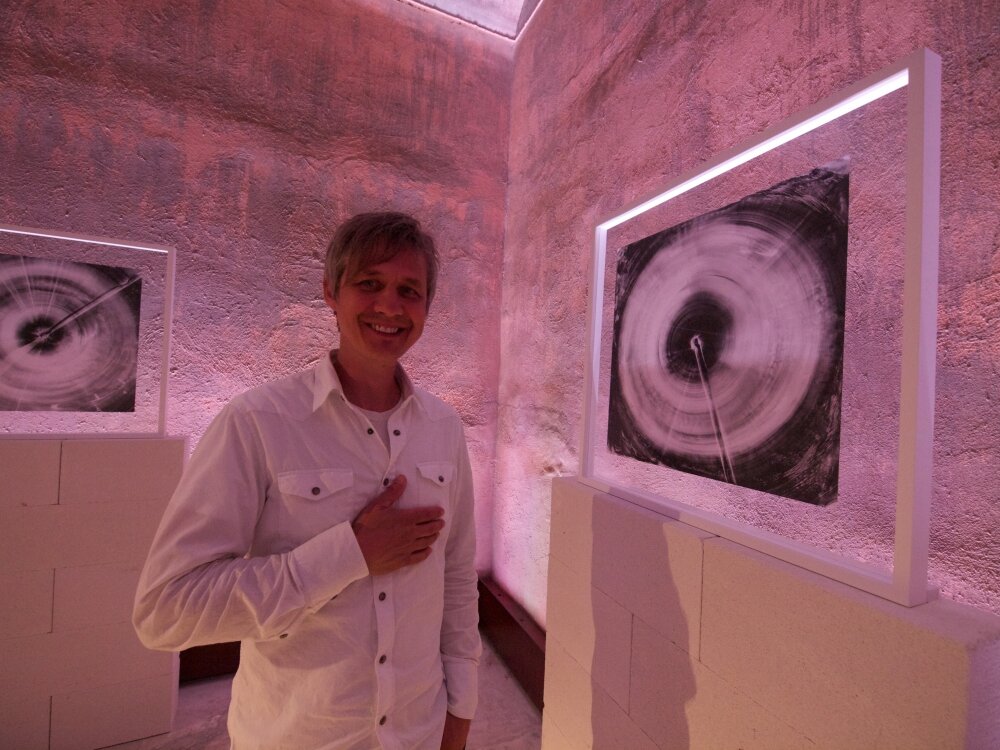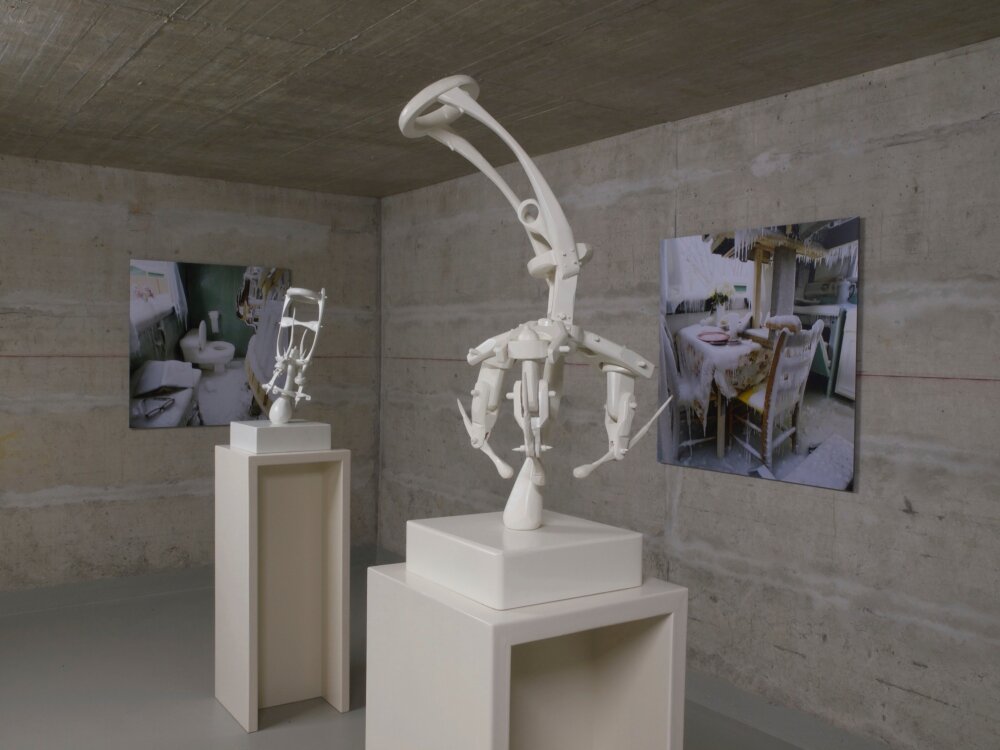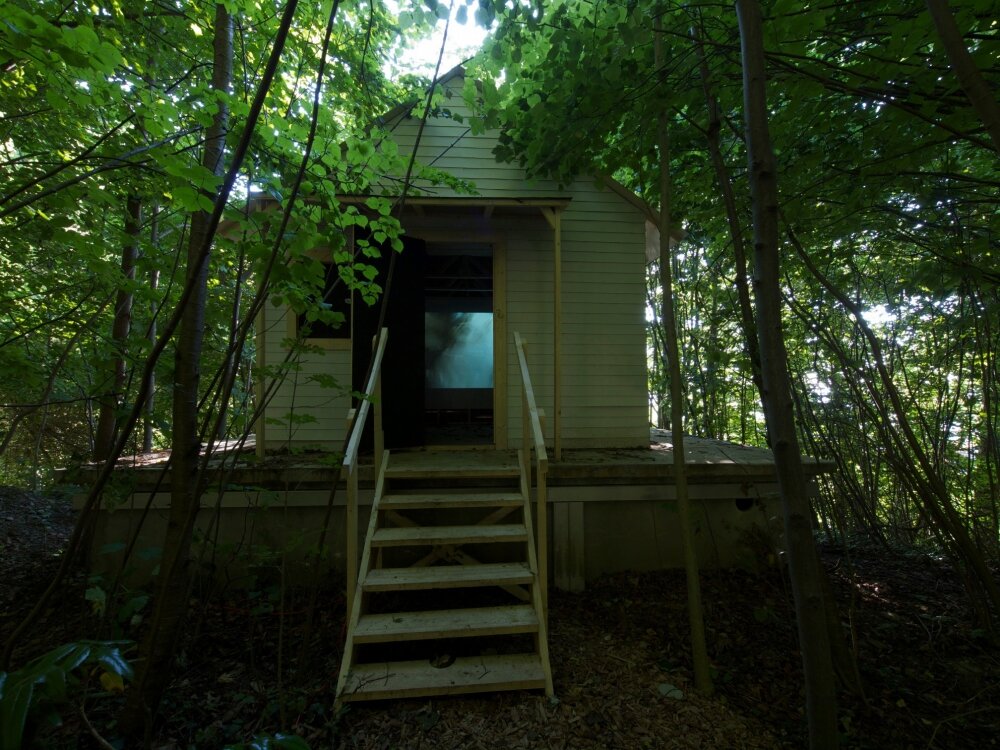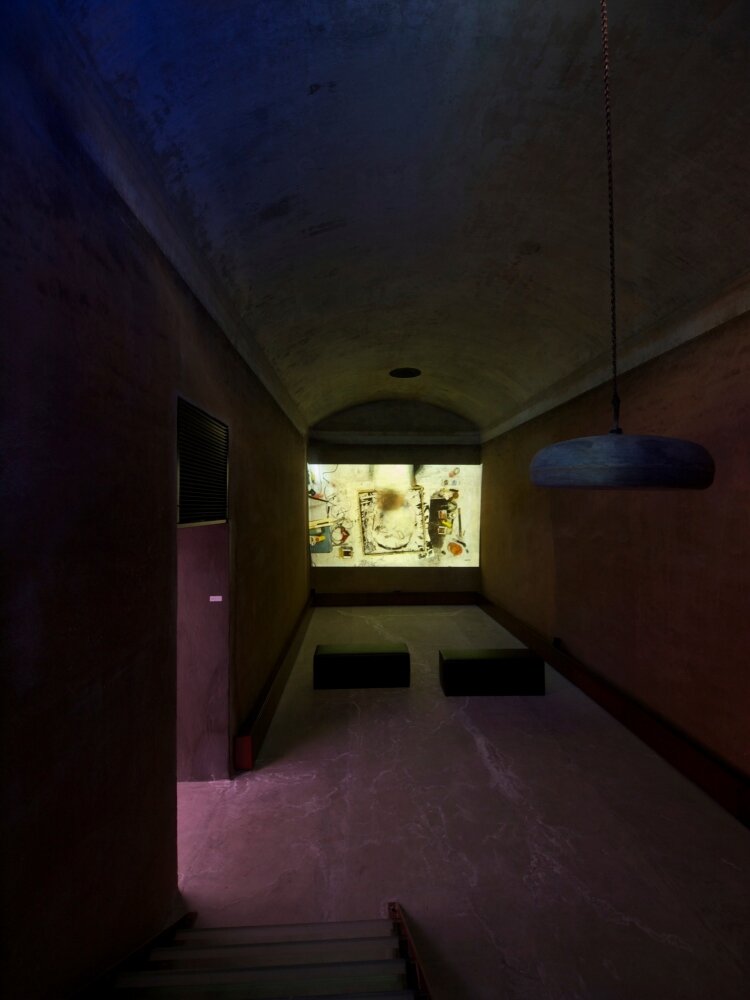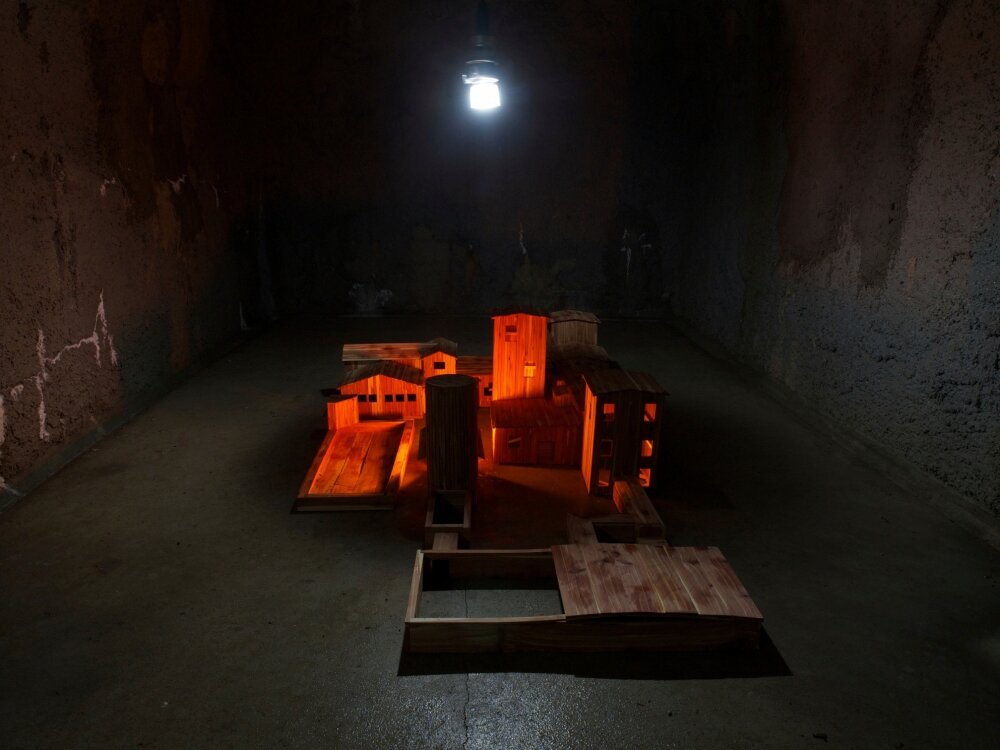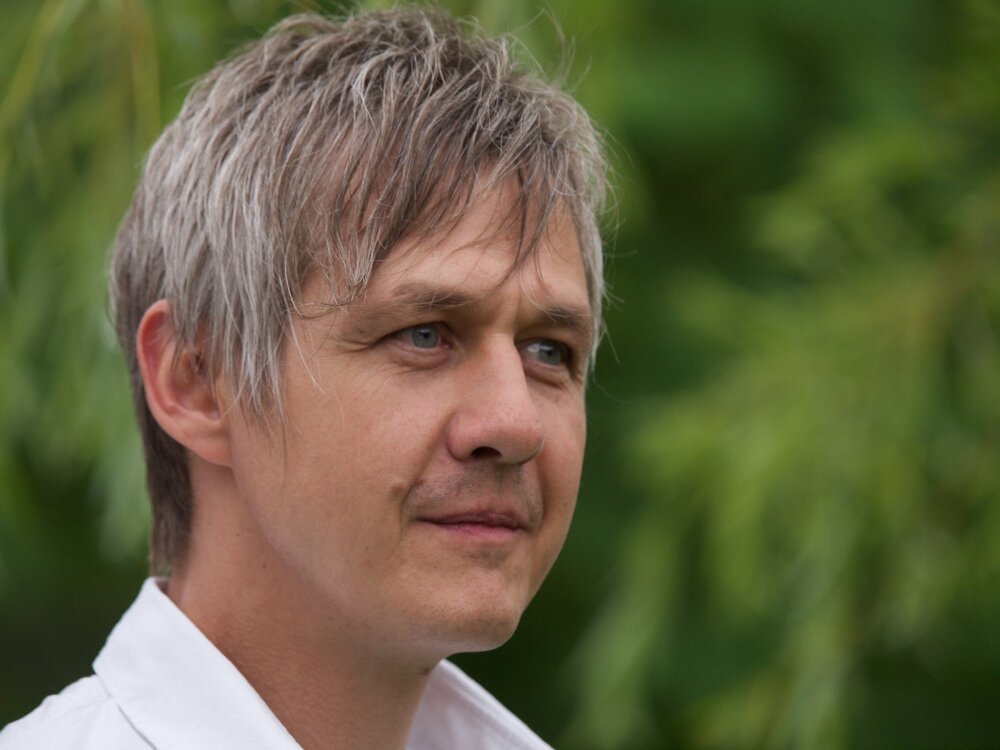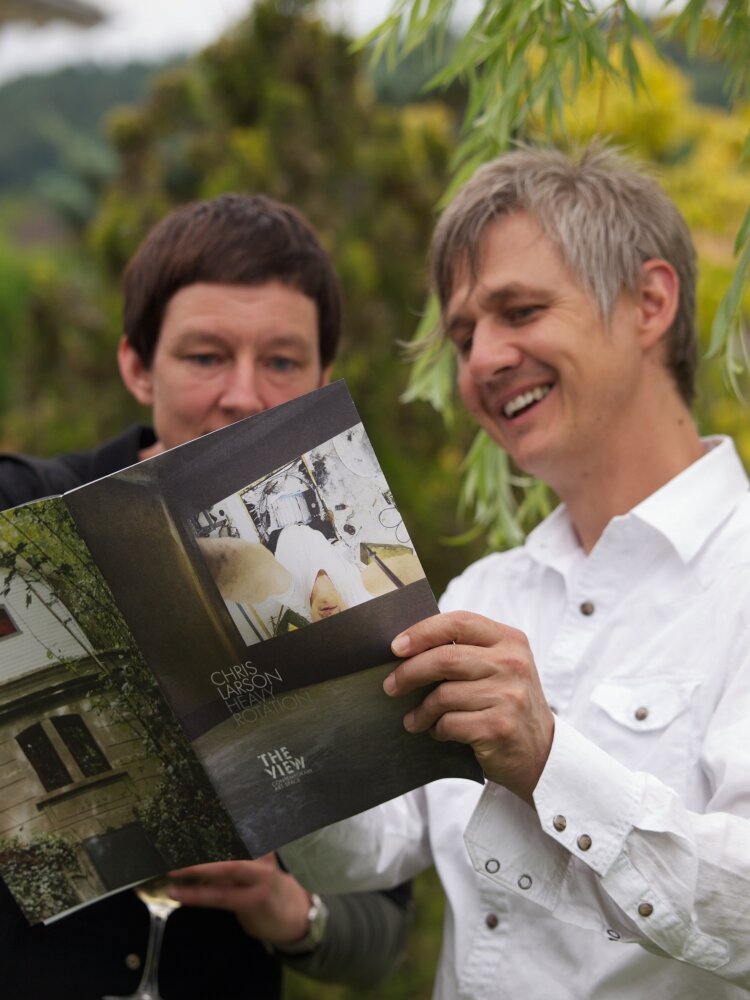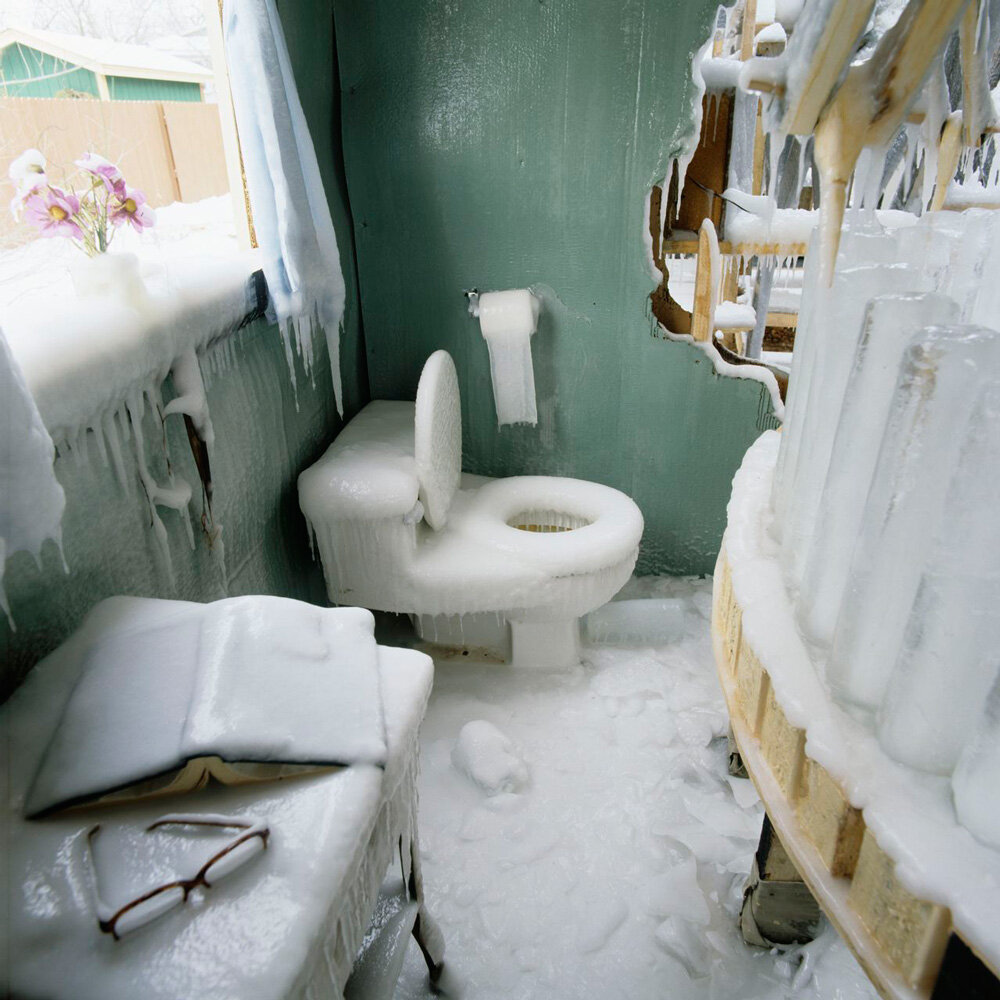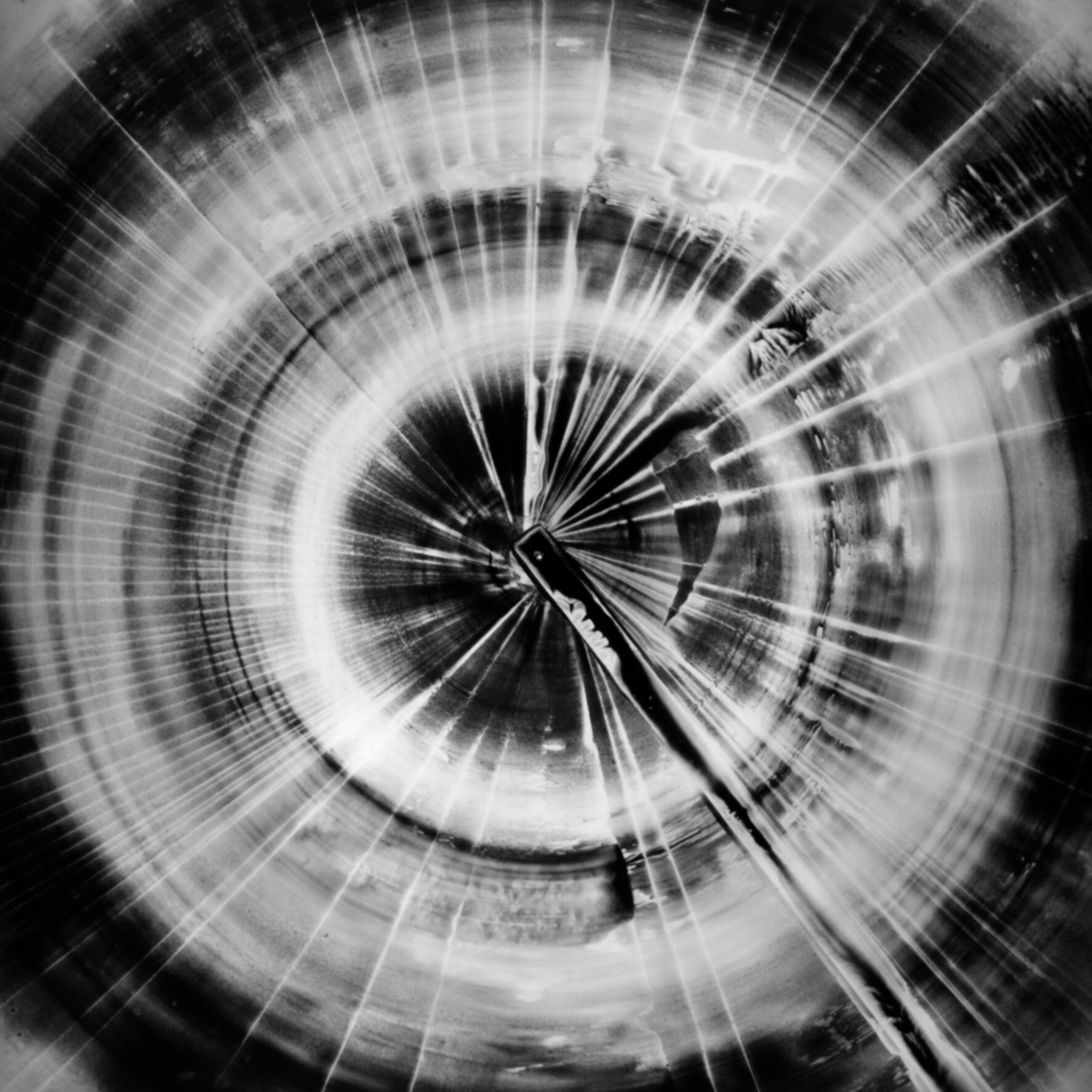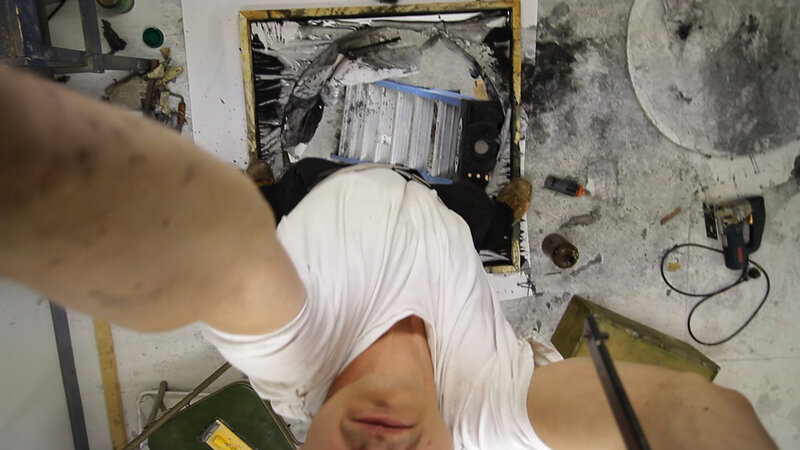Drei Fragen an Chris Larson…
Which project are you currently working on?
In 2018, I received a Guggenheim Fellowship to move my studio practice to a rural American abandoned garment factory. This current body of work features the relationship between body and machine and the residue of labour. Throughout this two-year investigation and using materials found in the factory, I have completed a large-scale installation both in the basement factory as well as in my studio in St. Paul, MN.
(An welchem Projekt arbeitest Du gerade?
2018 erhielt ich ein Guggenheim-Stipendium, um mein Atelier in eine verlassene Bekleidungsfabrik auf dem Lande zu verlegen. Dieses aktuelle Werk befasst sich mit der Beziehung zwischen Körper und Maschine sowie den Spuren der Arbeit. Im Laufe dieses zweijährigen Prozesses habe ich mit in der Fabrik gefundenen Materialien je eine groß angelegte Installation im Keller der Fabrik sowie in meinem Studio in St. Paul, MN erarbeitet.)
How is the current situation influencing your art and /or the process of creating it?
Currently, there are two situations influencing my art and the process of creating it: the social distance caused by covid19 and the social uprising unmasking hundreds of years of systematic oppression. As a professor, social distancing has spurred on unforeseen challenges on how to teach art without being in the classroom. However, both movements have pushed my practice forward, energizing it, and requiring me to work harder and be more active in the community in which I live and work.
(Wie beeinflusst die gegenwärtige Situation Dein künstlerisches Schaffen?
Gegenwärtig gibt es zwei Faktoren, die meine Kunst und den Entstehungsprozess beeinflussen: das social distancing, als Resultat der COVID19 Situation, und den sozialen Aufstand, der Hunderte von Jahren systematischer Unterdrückung adressiert. Als Professor hat die soziale Distanzierung zu unvorhergesehenen Herausforderungen beim Kunstunterricht ohne physische Anwesenheit im Klassenzimmer geführt. Jedoch haben beide Faktoren meine künstlerische Praxis vorangetrieben, ihr neue Energie zugeführt und mich dazu verpflichtet, härter zu arbeiten und in der Gemeinschaft, in der ich lebe und arbeite, aktiver zu sein.)
A light in the darkness – have you noticed any positive impacts the pandemic has had & is there a way to make the best of it?
I feel similar to how I did when I was in graduate school creating work to learn and grow rather than thinking of how or when it would be exhibited or shown to an audience. This has left me feeling more free to follow impulses organically and see where they lead.
(Chancen in der Krise - kann die Pandemie aus Deiner Sicht auch positive Veränderungen bewirken?
Ich fühle mich jetzt ähnlich wie damals an der Hochschule, als ich Arbeiten schuf, um zu lernen und zu wachsen, anstatt darüber nachzudenken, wie oder wann sie ausgestellt oder einem Publikum gezeigt werden würden. Dadurch fühle ich mich freier, Impulsen organisch zu folgen und zu sehen, wohin sie führen.)
Die ländlichen und landwirtschaftlichen Traditionen des Mittleren Westes der USA stellen in Chris Larsons Werk werkkonstituierende Themen dar. Noch heute lebt und arbeitet der Künstler dort, wo er 1966 geboren wurde: in Minnesota. Schon als Kind war er bei seinen Streifzügen von zurückgelassenen landwirtschaftlichen Geräten fasziniert. Aus demselben unbehandelten Holz, das Farmer für notdürftige Reparaturen benutzen, baut der Künstler seine rohen, überdimensionierten Maschinen. Immer wieder zitiert er in seinem Werk lokale Bautraditionen von Scheunen, Mühlrädern oder Holzhäusern. Seine Architekturen agieren oder reagieren auf direkte Weise mit der Natur. Chris Larsons Arbeiten haben die schöpferische Kraft, das Aussergewöhnliche als normal und alltäglich erscheinen zu lassen. Schwer zu verortende, surreal anmutende Räume sind ein typisches Merkmal in Chris Larsons künstlerischem Schaffen.
Rural and agricultural traditions of the American Midwest are integral themes in Chris Larson`s oeuvre. The artist, born in 1966 in Minnesota, still lives and works in the state. Even as a child he was fascinated by abandoned farm equipment that he would come across while hiking. Larson builds his oversized machines out of the same untreated wood that farmers use for makeshift repairs. Echoes of traditional regional architecture can be found throughout his work in its barns, millwheels and wooden houses. Larson`s architectures act in concert with or react directly to nature. Chris Larson`s work has the creative power to make the extraordinary appear normal and mundane. A typical feature of Chris Larson`s artistic practice is the use of surreal-looking spaces that are difficult to contextualize.
- Auszüge aus/extract from: Carsten Bauhaus & Sönke Magnus Müller, Künstlerbroschüre THE VIEW 2011
Werkauswahl
“Larson belongs to that group of artists who do not limit themselves to a single media. Besides performance, film, drawings, and photography, Larson mainly produces sculptures; his choice of media makes it clear that the exploration of pictorial and corporeal space is an essential aspect of his work.”


